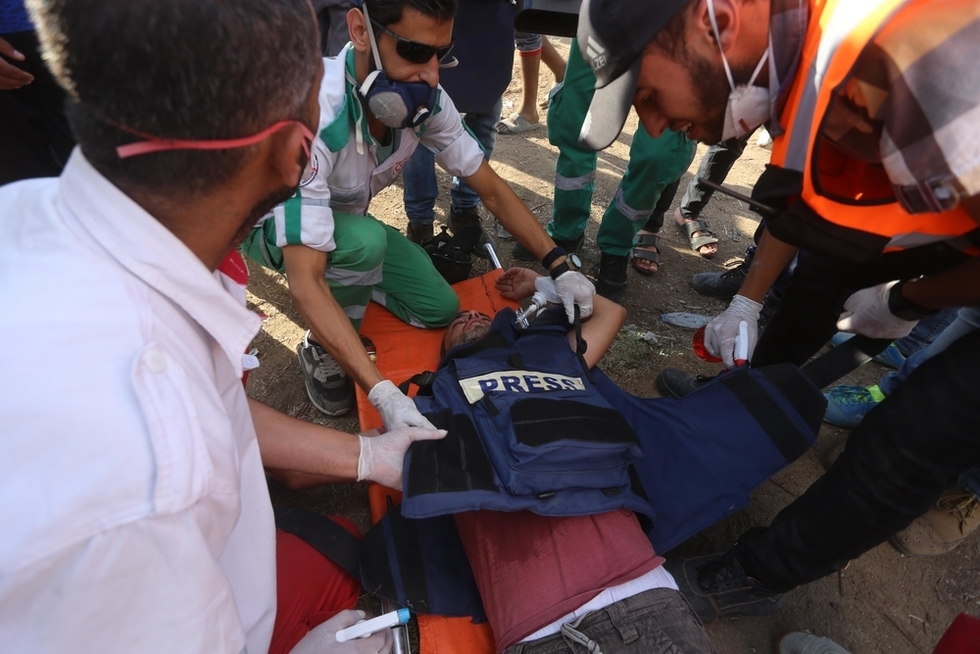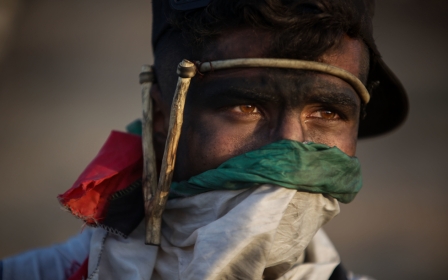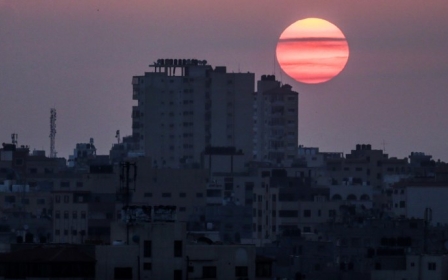Two Palestinians killed by Israeli forces in Gaza

Israeli forces killed two Palestinians during protests held across the Gaza Strip on Friday.
Yasir Amjad Musa Abu Naja, 14, was shot in the head by an Israeli sniper on Friday in Khan Younis, according to the Gaza health ministry.
The teenager succumbed to his wounds in hospital after he was shot during afternoon demonstrations.
Mohammed al-Hamayda, 24, was killed east of al-Bureij, central Gaza, close to the Israeli fence separating the besieged coastal enclave from Israel.
Gaza health ministry spokesman Ashraf al-Qudra said that at least 135 Palestinians had been killed and more than 14,000 hurt since a wave of protests began in late March.
Palestinians began the Great March of Return protest campaign earlier this year to call for the right of return for refugees displaced in 1948 from their towns and villages in what is now Israel. Israel's military has responded to the mostly peaceful demonstrations with deadly force.
The protests have persisted in spite of the crackdown.
About half of those hurt were injured by live fire and the others from tear gas inhalation.
The Israeli army said that Abu Naja's death will be investigated internally by its General Staff Fact Finding Assessment Mechanism.
It also confirmed that it used "large amounts of riot dispersal means" and "live fire" against protestors on the border.
Earlier today, Palestinians shot down an Israeli army drone filming protests, according to local media outlets.
This week's protest was dubbed "Palestinian unity". Demonstrations also took place in the West Bank in a show of support to Palestinians in Gaza.
The Friday protests came after 17-year-old Abdel Fattah Abu Azoum sustained a head wound near Rafah in the southern Gaza Strip on Friday.
The Israeli army said he and a companion were trying to breach the fence.
Middle East Eye propose une couverture et une analyse indépendantes et incomparables du Moyen-Orient, de l’Afrique du Nord et d’autres régions du monde. Pour en savoir plus sur la reprise de ce contenu et les frais qui s’appliquent, veuillez remplir ce formulaire [en anglais]. Pour en savoir plus sur MEE, cliquez ici [en anglais].





